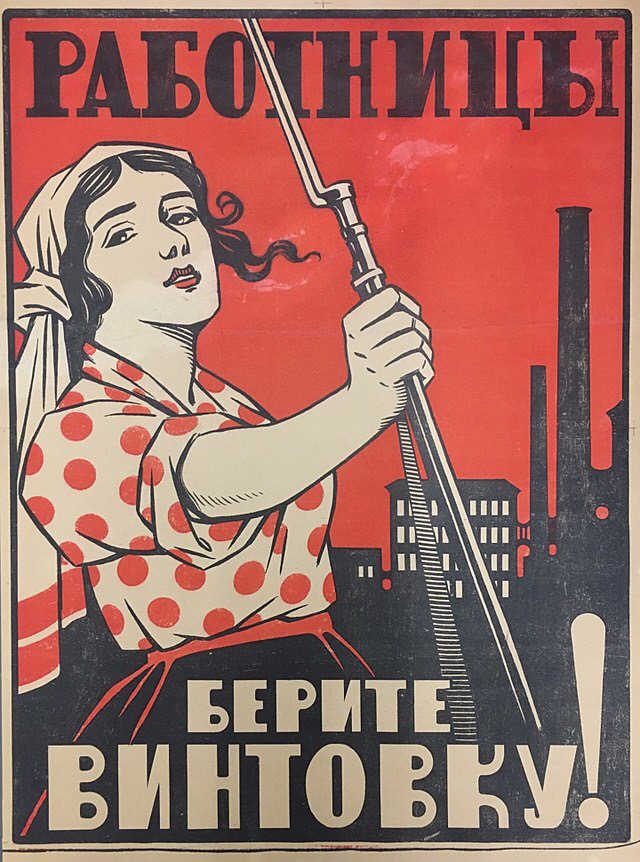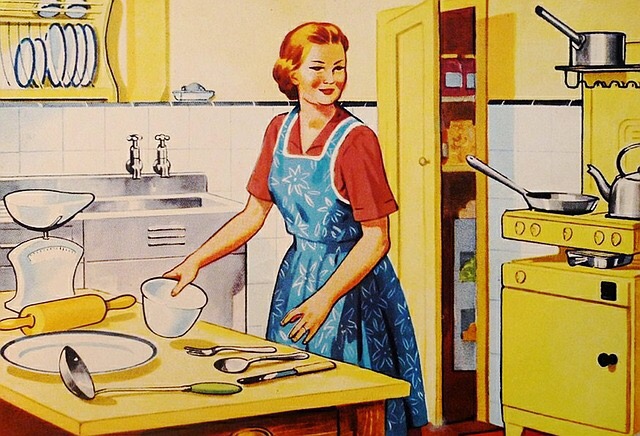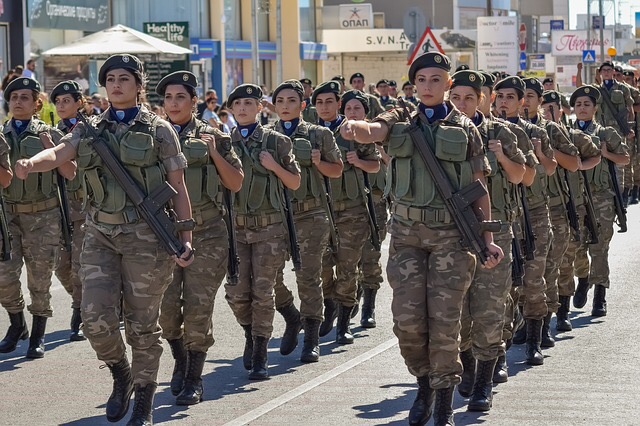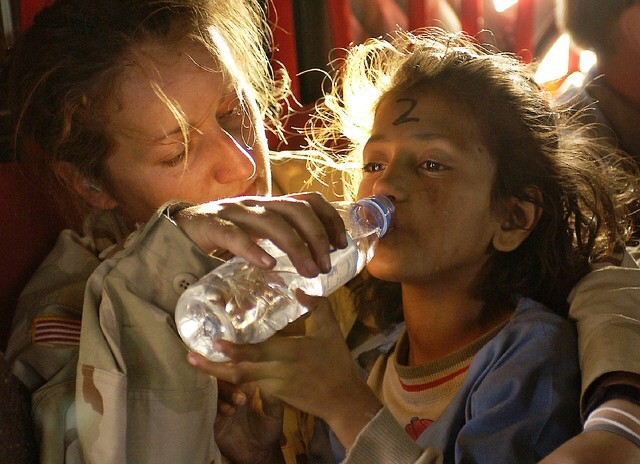This Awful Awesome Life features men and women who are making a difference in every issue. When I was working on content for this month, I had several choices on how to celebrate Women’s History Month. I could single out the achievements of one woman or a group of women or talk about women’s issues.
Last year, I stayed true to our literary roots, and we explored the female protagonist, https://www.thisawfulawesomelife.com/home/2018/3/15/the-female-protagonist-by-fran-joyce-66xlpI and we talked about political firsts for women, https://www.thisawfulawesomelife.com/home/2018/3/15/t957qdsp74j05gbvlz5zsp2hikcwws-67zkn.
This month we’re featuring firsts for women in all walks of life for our March Quiz.
I found my inspiration for this article while researching books to recommend for the month.
Women Warriors: An Unexpected History by Pamela D. Toler talks about women who ventured out onto the battlefield to fight their enemies alongside the men of their respective countries. Toler has researched Tomyris, Boudica, The Trang Sisters, Amina of Hausa, the Joshigun, Lakshmi Bai, Maria Bochkareva, Buffalo Calf Road Woman, Juana Azurduy de Padilla, and Joan of Arc. They were women who often times had to disguise themselves as men to fight for their homes and their way of life. If caught, they were severely punished, declared insane or put to death.
Toler has this topic covered, so I decided to put a different spin on women warriors and include the brave women who throughout history have protected the Homefront and those who have navigated through the countless regulations and restrictions the Armed Forces has for women in the military.
Women have been involved in the U.S. military since 1775, originally in the civilian fields of nursing, laundering, mending clothing and cooking. During the American Revolution and the U.S. Civil War, women rolled bandages and volunteered in field hospitals. They tended local businesses and family farms in their husbands’ absences.
In Pittsburgh, during the U.S. Civil War, single women from the working class were allowed to work at the Allegheny Arsenal making ammunition for Union soldiers.
During World War I, women joined organizations to support the war effort. One such organization, the Committee on Public Information, helped educate people about the war and encouraged patriotism and nationality.
Some women became YWCA members and went overseas to help soldiers. Women of all classes worked together to help the war effort. Women belonging to the social hierarchy founded voluntary war organizations and relied on women from the middle and lower classes to do the actual work of the organizations by becoming nurses or by substituting for men in the workforce.
Russia was the only nation to deploy female combat troops in large numbers. Some women recruits joined the military in disguise while others were accepted by their units.
Alexandra Kudasheva the female commander of a Cossack regiment of front-line light cavalry was probably the most well-known Russian woman soldier or perhaps Maria Bochkareva, who was decorated three times and promoted to senior NCO rank. In 1917, the Provisional Government established several Women's Battalions which were disbanded before the end of the year. Bochkareva was given an officer's commission in command of one of the Women’s Battalions. During the Russian Civil War, women fought for the Bolsheviks and the White Guard.
During World War II, every major participating nation enlisted women. Most women served in nursing and clerical or support roles. Although most countries did not allow women to actively serve in combat units, more than 500,000 women had combat roles in anti-aircraft units in Britain and Germany, as well as front-line units in the Soviet Union. A select few determined women joined the ranks of war correspondents to bring news of the war to the people back home.
On the Homefront, civilians were called to make great sacrifices for the war effort. President Franklin Delano Roosevelt called on families to plant Victory Gardens to grow as much of their own food as possible, so the bulk of commercial crops could be sent overseas to feed the soldiers. Many women planted and tended these gardens. They prepared more meatless meals or used recipes that required less meat. Scrap metal and rubber were recycled to be used for the war effort. Silk used for stockings was diverted to be used for parachutes. In those days, stockings had a seam up the back of the leg. Women painted lines down their legs to mimic the look of stockings.
Young mothers lamented the lack of new clothing and shoes for their newborns and growing children because cotton, leather and rubber were being used for soldier’s boots and uniforms. A group of industrious mothers in Mt. Lebanon, Pennsylvania started a trading post where women could bring clothing and shoes their children had outgrown and swap them for gently used items of a larger size. The idea proved so popular, the ladies fought to keep the Trading Post open after the war. In fact, The Mt. Lebanon Trading Post is still in operation today as a resale shop staffed with volunteers who accept donations and resell them.
With the men away at war, women had to fill many jobs traditionally performed by men. Women flocked to factories and worked for a small portion of the wages their husbands had earned. They proved themselves to be hard workers who were generally more productive and more safety conscious than their male predecessors. After the war, these women found it hard to surrender their jobs to the men returning home.
After World War II, in western militaries, more women began enlisting and were allowed to serve in more diverse roles.
Approximately 11,000 military women were stationed in Vietnam during the war. Most were volunteers, and 90 percent served as military nurses. Women also worked as physicians, air traffic controllers, intelligence officers, or clerks in the U.S. military. Civilian women also served in Vietnam on behalf of the Red Cross, United Service Organizations (USO), Catholic Relief Services and other humanitarian organizations. Others were foreign correspondents for various news organizations.
In the 1970s, Western armies began allowing women to serve in active duty in all military branches.
Over 10,000 combat action badges were awarded to women who served in combat in Iraq and Afghanistan.
Nine countries allow women to be conscripted into military service and women in Australia, Canada, Germany, Norway, Sweden and Denmark are allowed to serve in the military on an equal basis with men.
Advances in technology and a more diverse work force have reduced the need for many of the sacrifices women were asked to make during times of war. However, women today have more opportunities to serve their country in the Armed Forces or in civilian and volunteer positions on military bases and military hospitals.




















